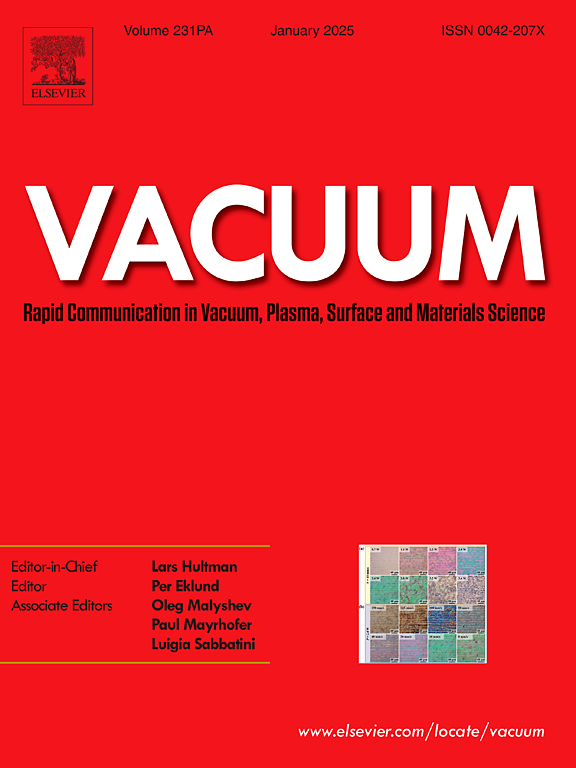Pure copper membranes manufactured by green laser powder bed fusion with varying wall-thickness and building orientation: microstructure, properties, and vacuum tightness performance
IF 3.8
2区 材料科学
Q2 MATERIALS SCIENCE, MULTIDISCIPLINARY
引用次数: 0
Abstract
The design freedom offered by additive manufacturing opens up possibilities for developing novel vacuum electronic devices and radio-frequency components with integrated functionalities. High purity copper is often chosen for these applications because it combines excellent electrical and thermal conductivity. Laser powder bed fusion systems equipped with high-power green laser sources have been developed to enhance the processability of pure copper, which exhibits a low absorption rate for conventional infrared lasers. In this study, pure copper parts manufactured by green laser powder bed fusion were characterized in terms of density, impurity content, and mechanical and physical properties to assess their suitability for ultra-high vacuum applications. Additionally, vacuum membranes were produced with different wall-thicknesses and building orientations and tested for helium leakage with a detection limit of 10−10 mbar l s−1. Further microstructural characterization analyses were conducted on the tested membranes to determine the critical parameters influencing their performance in ultra-high vacuum environments, such as effective wall thickness and laser scan length, and establish the current wall thickness limits for pure copper components manufactured by green laser powder bed fusion.

求助全文
约1分钟内获得全文
求助全文
来源期刊

Vacuum
工程技术-材料科学:综合
CiteScore
6.80
自引率
17.50%
发文量
0
审稿时长
34 days
期刊介绍:
Vacuum is an international rapid publications journal with a focus on short communication. All papers are peer-reviewed, with the review process for short communication geared towards very fast turnaround times. The journal also published full research papers, thematic issues and selected papers from leading conferences.
A report in Vacuum should represent a major advance in an area that involves a controlled environment at pressures of one atmosphere or below.
The scope of the journal includes:
1. Vacuum; original developments in vacuum pumping and instrumentation, vacuum measurement, vacuum gas dynamics, gas-surface interactions, surface treatment for UHV applications and low outgassing, vacuum melting, sintering, and vacuum metrology. Technology and solutions for large-scale facilities (e.g., particle accelerators and fusion devices). New instrumentation ( e.g., detectors and electron microscopes).
2. Plasma science; advances in PVD, CVD, plasma-assisted CVD, ion sources, deposition processes and analysis.
3. Surface science; surface engineering, surface chemistry, surface analysis, crystal growth, ion-surface interactions and etching, nanometer-scale processing, surface modification.
4. Materials science; novel functional or structural materials. Metals, ceramics, and polymers. Experiments, simulations, and modelling for understanding structure-property relationships. Thin films and coatings. Nanostructures and ion implantation.
 求助内容:
求助内容: 应助结果提醒方式:
应助结果提醒方式:


